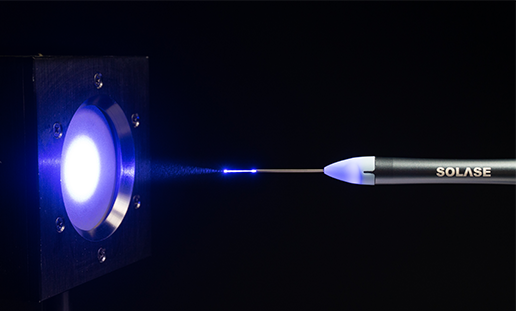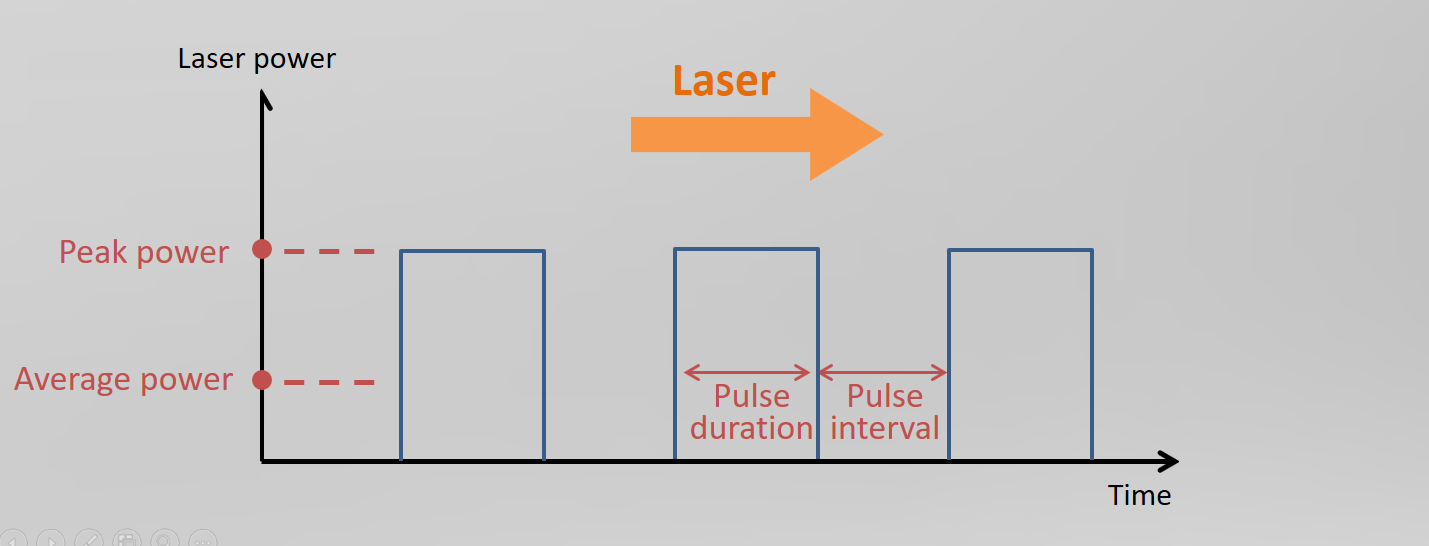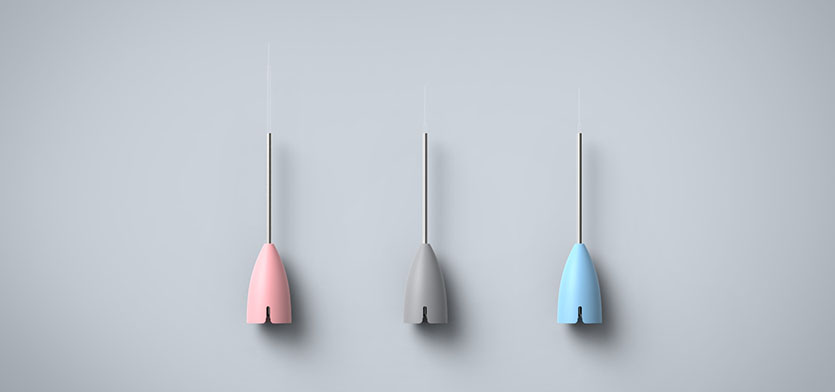Here are some common parameters associated with dental diode lasers:
1. Wavelength: 450nm is quite a new wavelength in dental treatment. It is very suitable for soft tissue surgery and teeth whitening. While 980/810/940nm have been used in dental laser market for a long time. These wavelengths have a strong anti-bacterial and anti-inflammatory effects, it is very suitable for periodontitis and root canal disinfection, but lower efficiency in soft tissue cutting. 650nm is in the optical window of human body, with the perfect balance between photo energy and penetration. It can penetrate very deep to reach the affected area. With excellent photobiomodulation effect, it is very suitable for laser therapy, such as pain relief and wound healing acceleration.

2. Power Output: The power output of dental diode lasers typically ranges from 0.5 to 10 watts, with higher power lasers being used for more complex procedures or thicker tissue. But higher power is also more likely to cause thermal damage to tissue.
3. Pulse Duration: The pulse duration refers to the length of time that the laser is activated, typically measured in milliseconds or microseconds. The pulse duration will affect the laser's level of precision and the amount of heat generated in the tissue. Shorter pulse durations are used for cutting or ablating tissue, while longer pulse durations are used for coagulation or hemostasis.

4. Fiber tip diameter: Large diameter fiber tips (400-600 μm) are typically used for soft tissue surgery, such as gingivectomy or frenectomy. Larger diameter makes the fiber more resistant to burn out during the treatment. Medium diameter fiber tips (300 μm) are normally used for periodontal therapy. They offer a good balance of fiber strength and precision. Small diameter fiber tips (200 μm) are commonly used for endodontic procedures, such as cleaning and disinfecting root canals. They offer a high level of precision for accessing tight spaces and removing small amounts of tissue, while with the disadvantage of low strength and are easy to break.

5. Spot Size: The spot size refers to the diameter of the laser beam at the point of contact with the tissue. The spot size can be adjusted depending on the procedure and the area being treated.
It's important to note that specific parameters may vary depending on the make and model of the dental diode laser. It's best to consult with the manufacturer or a dental laser specialist to determine the specific parameters of a particular dental diode laser.